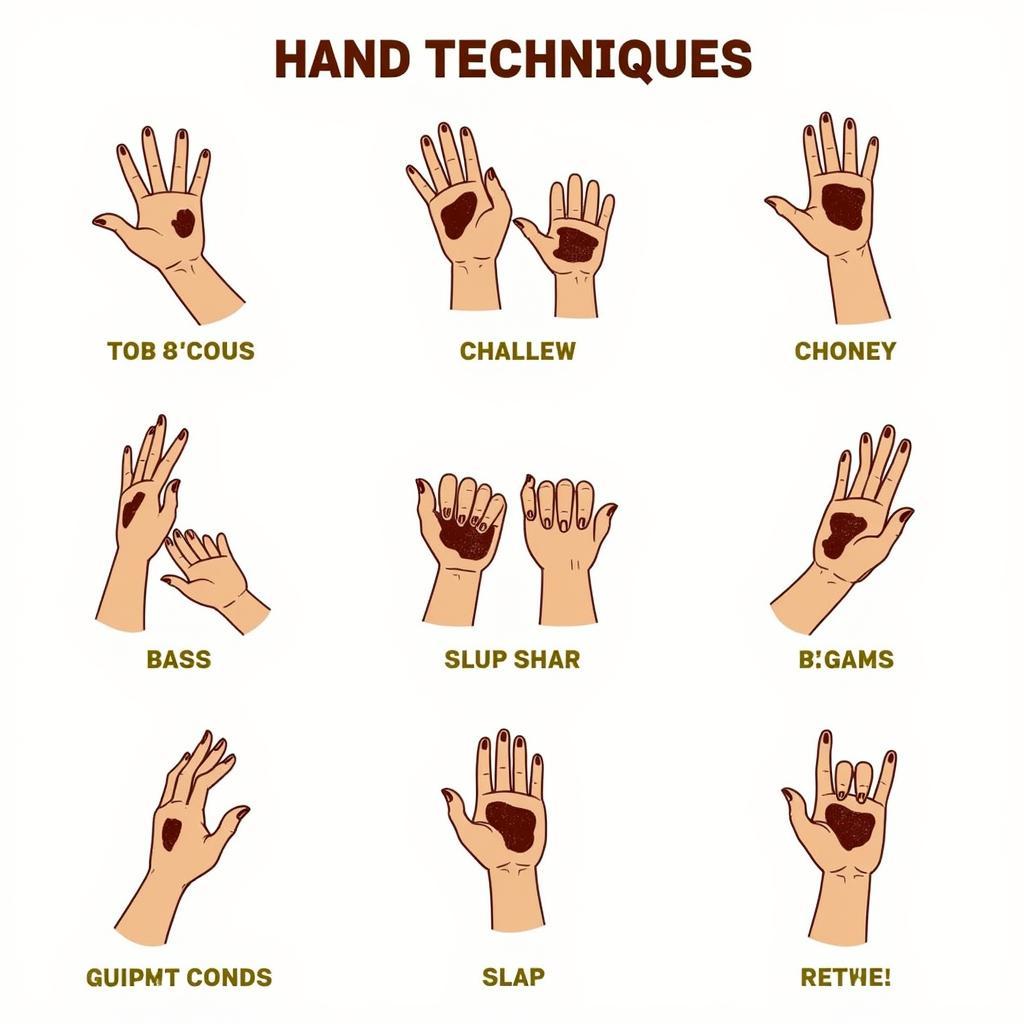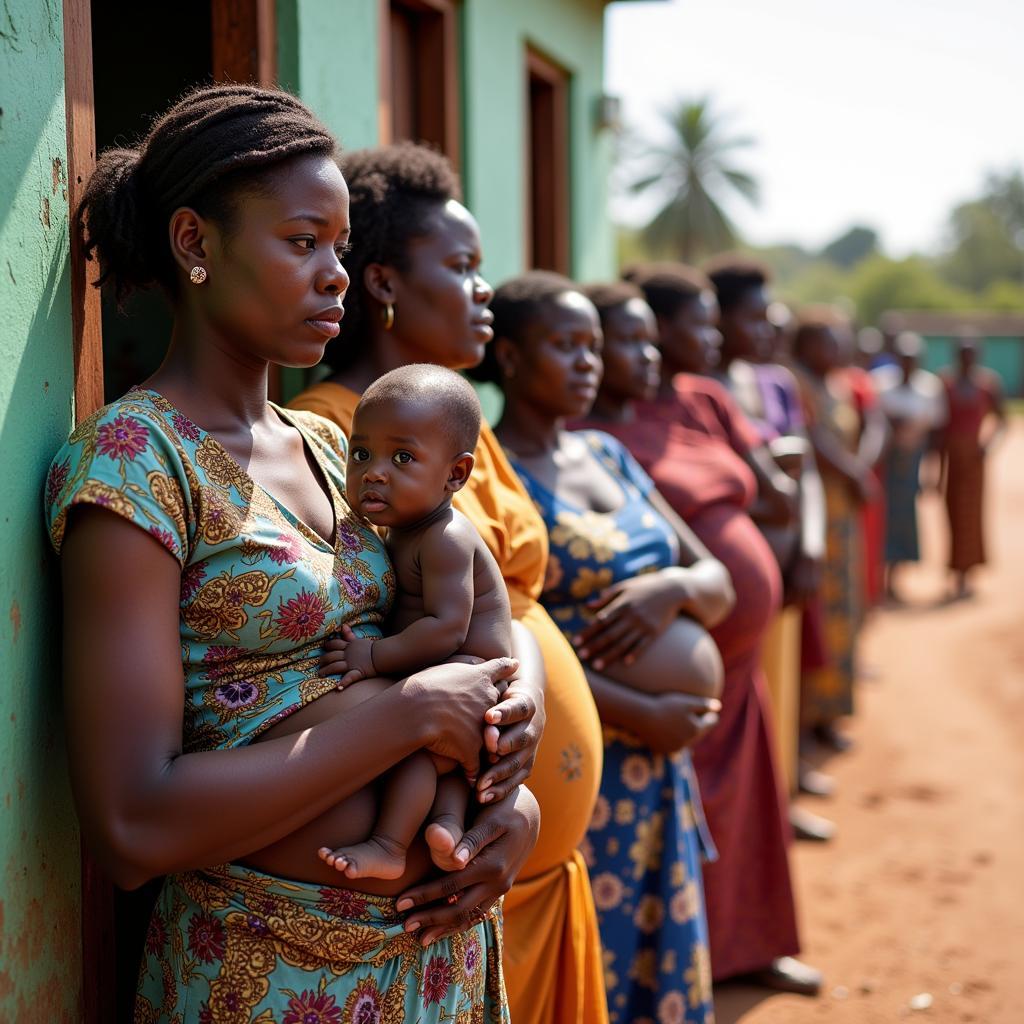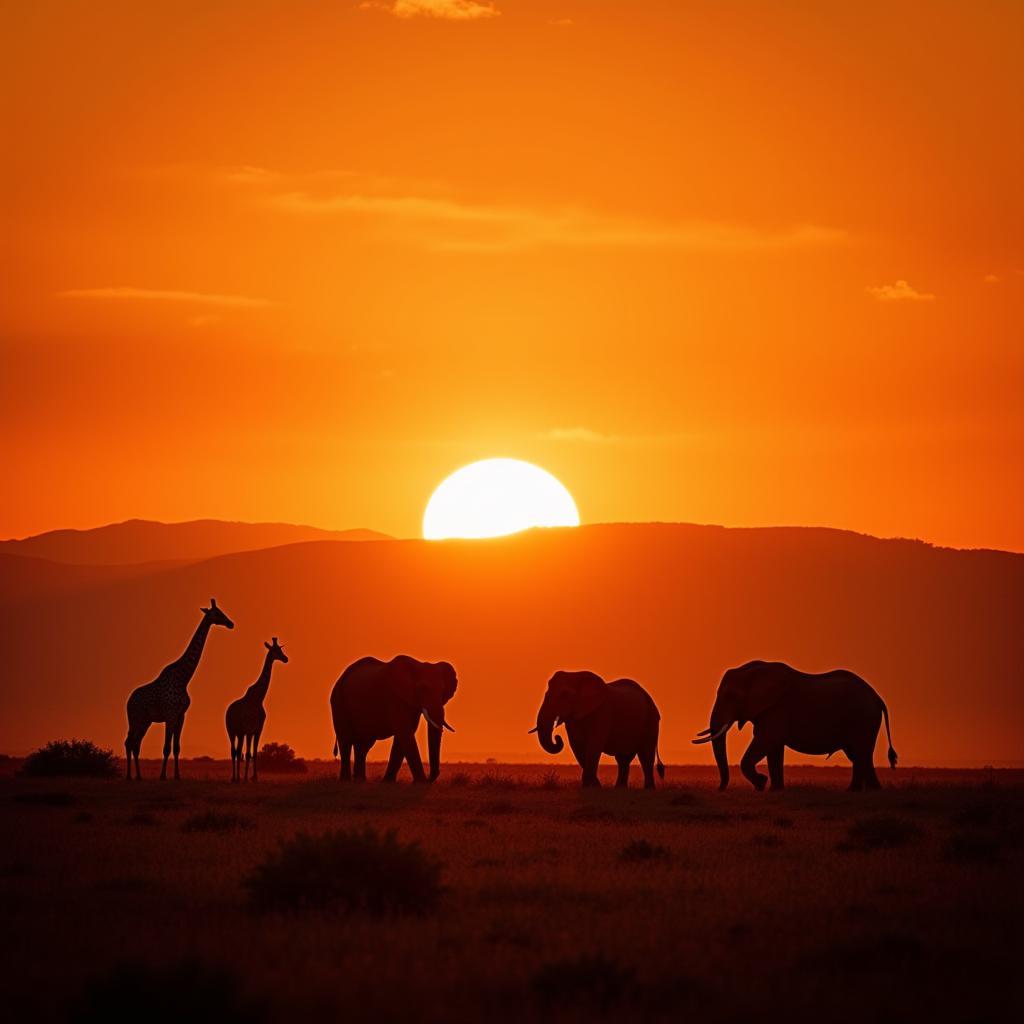African American Culture in the 1930s: Navigating Depression and Discrimination
The 1930s marked a period of significant change and upheaval for African Americans, deeply impacted by the Great Depression and ongoing racial discrimination. Despite these challenges, this era witnessed a flourishing of creativity and resilience within African American culture. From literary and artistic movements to advancements in music and social activism, the 1930s laid the groundwork for future civil rights movements and redefined African American identity.
The Harlem Renaissance’s Enduring Legacy
While the Harlem Renaissance, a period of vibrant Black artistic expression, had officially ended with the onset of the Great Depression, its influence continued to reverberate throughout the 1930s. The previous decade’s focus on Black identity, pride, and experience remained powerful themes for artists and writers navigating the realities of economic hardship and persistent social injustice.
The Federal Writers’ Project (FWP), a New Deal initiative, provided opportunities for African American writers like Zora Neale Hurston and Richard Wright. Hurston’s acclaimed novel, “Their Eyes Were Watching God,” explored themes of gender and race with a Southern backdrop, while Wright’s powerful work, “Native Son,” exposed the brutal realities of racism in the urban North. These literary contributions offered searing social commentary and helped shape a distinct African American literary tradition.
Artistic Expression: Reflecting the Times
Visual arts also reflected the social and political climate of the 1930s. Artists like Jacob Lawrence, known for his narrative series depicting the Great Migration and the lives of abolitionists, captured the struggles and triumphs of African Americans. His stylized forms and vibrant colors conveyed both hardship and hope. Sculptor Augusta Savage, a prominent figure of the Harlem Renaissance, continued to create powerful works, often focusing on themes of racial identity and social justice.
The Evolution of Jazz and the Rise of Swing
Music, always a central part of African American culture, provided solace and escape during the Depression. Jazz, in particular, continued to evolve, moving from the hot jazz of the 1920s to the smoother sounds of swing. Big band leaders like Duke Ellington, Count Basie, and Benny Goodman achieved widespread popularity, their music bridging racial divides and offering a shared experience of joy and release.
The development of swing coincided with a growing Black middle class who embraced the genre’s danceable rhythms and sophisticated arrangements. Ballrooms like the Savoy in Harlem became legendary venues where Black and white audiences could come together and enjoy the music.
Social Activism and the Fight for Equality
Despite the hardships of the Great Depression, African Americans continued to challenge racial inequality. Organizations like the NAACP (National Association for the Advancement of Colored People) fought tirelessly against lynching and segregation, advocating for equal rights and opportunities.
The labor movement also gained traction, with African Americans playing a crucial role in organizing unions and demanding fair working conditions. Figures like A. Philip Randolph, who organized the Brotherhood of Sleeping Car Porters, emerged as powerful leaders, advocating for economic justice and laying the groundwork for the future Civil Rights Movement.
A Legacy of Resilience and Transformation
The 1930s, though marked by economic hardship and social injustice, proved to be a period of remarkable resilience and creative ferment for African American culture. Despite facing adversity, African American artists, writers, musicians, and activists used their voices and talents to challenge the status quo, celebrate their heritage, and demand equality. Their contributions not only enriched American culture but also helped to shape a growing movement for civil rights and social change that would gain momentum in the decades to come.
FAQs about African American Culture in the 1930s
1. How did the Great Depression affect African Americans?
The Great Depression disproportionately impacted African Americans, leading to higher rates of unemployment, poverty, and social displacement. This economic hardship exacerbated existing racial tensions and inequalities.
2. What were some key themes explored in African American literature during the 1930s?
African American literature of the 1930s grappled with themes of racial identity, social injustice, economic hardship, the Southern experience, and the search for opportunity and equality.
3. How did jazz music evolve during the 1930s?
Jazz transitioned from the “hot jazz” of the 1920s to the smoother sounds of swing. Big band arrangements and danceable rhythms became popular, attracting both Black and white audiences.
4. What role did African Americans play in the labor movement of the 1930s?
African Americans actively participated in labor organizing, forming unions, and demanding fair working conditions. They played a critical role in advocating for workers’ rights and economic justice.
5. How did African Americans challenge racial discrimination in the 1930s?
Organizations like the NAACP fought against lynching, segregation, and disenfranchisement, advocating for equal rights and opportunities for African Americans.
Want to Learn More?
Explore these related articles on our site to delve deeper into specific aspects of African American Culture In The 1930s:
For assistance or inquiries, please contact:
Phone: +255768904061
Email: kaka.mag@gmail.com
Address: Mbarali DC Mawindi, Kangaga, Tanzania
We are available 24/7 to assist you!



